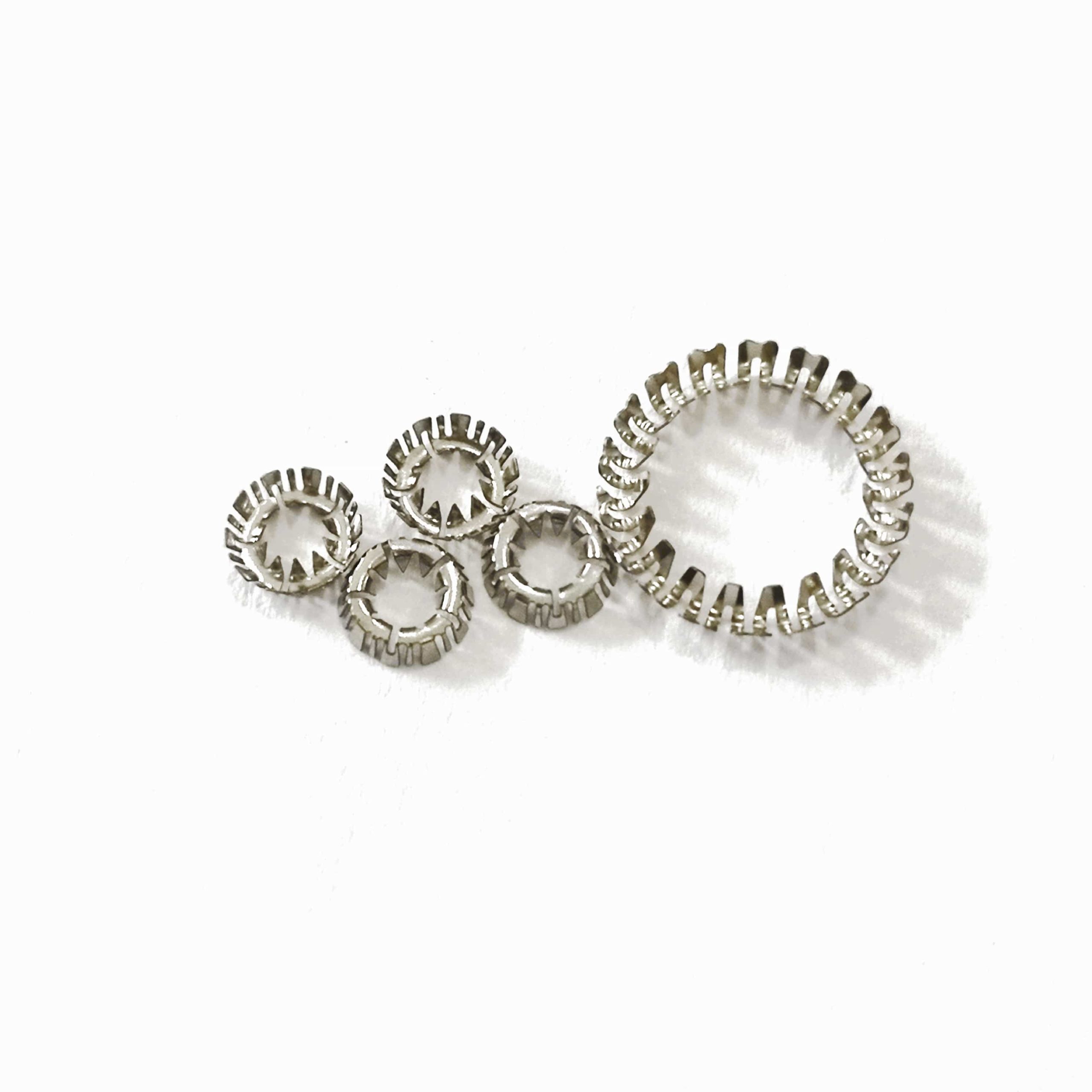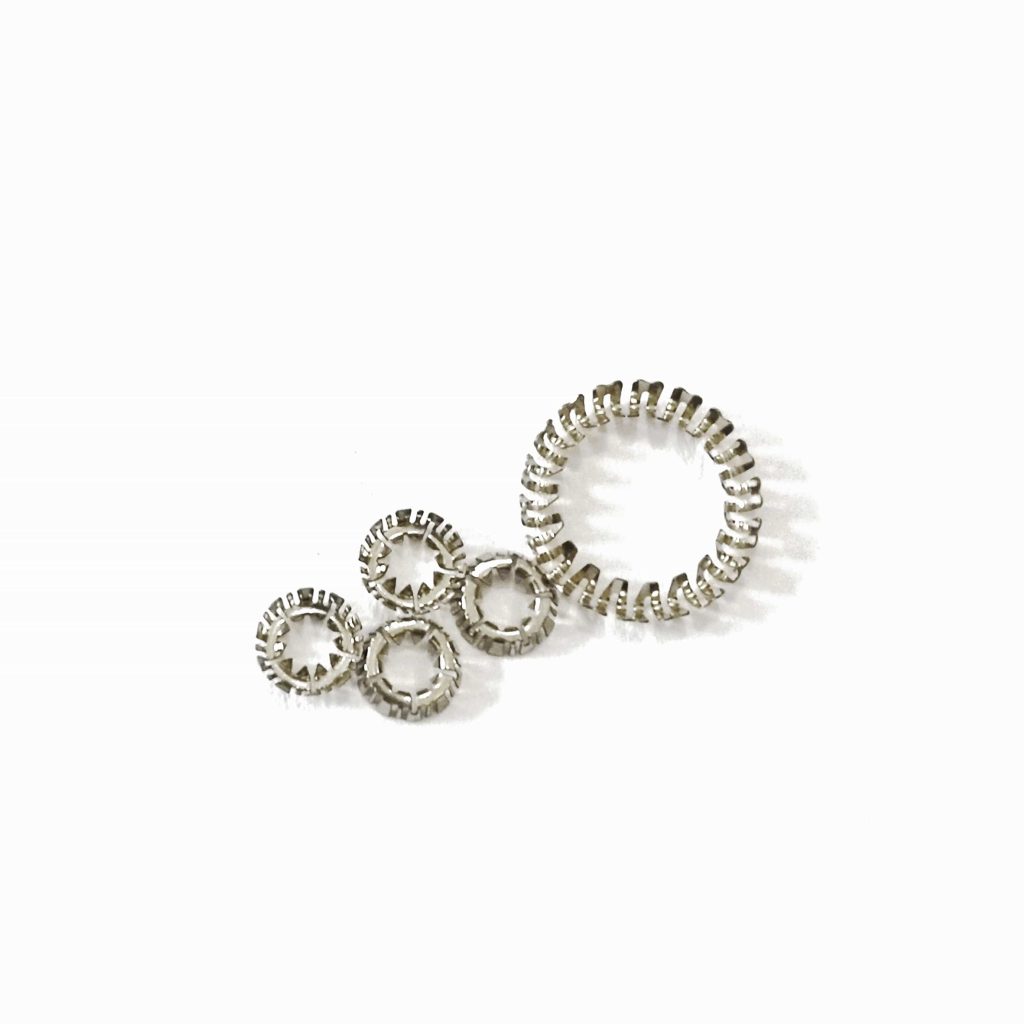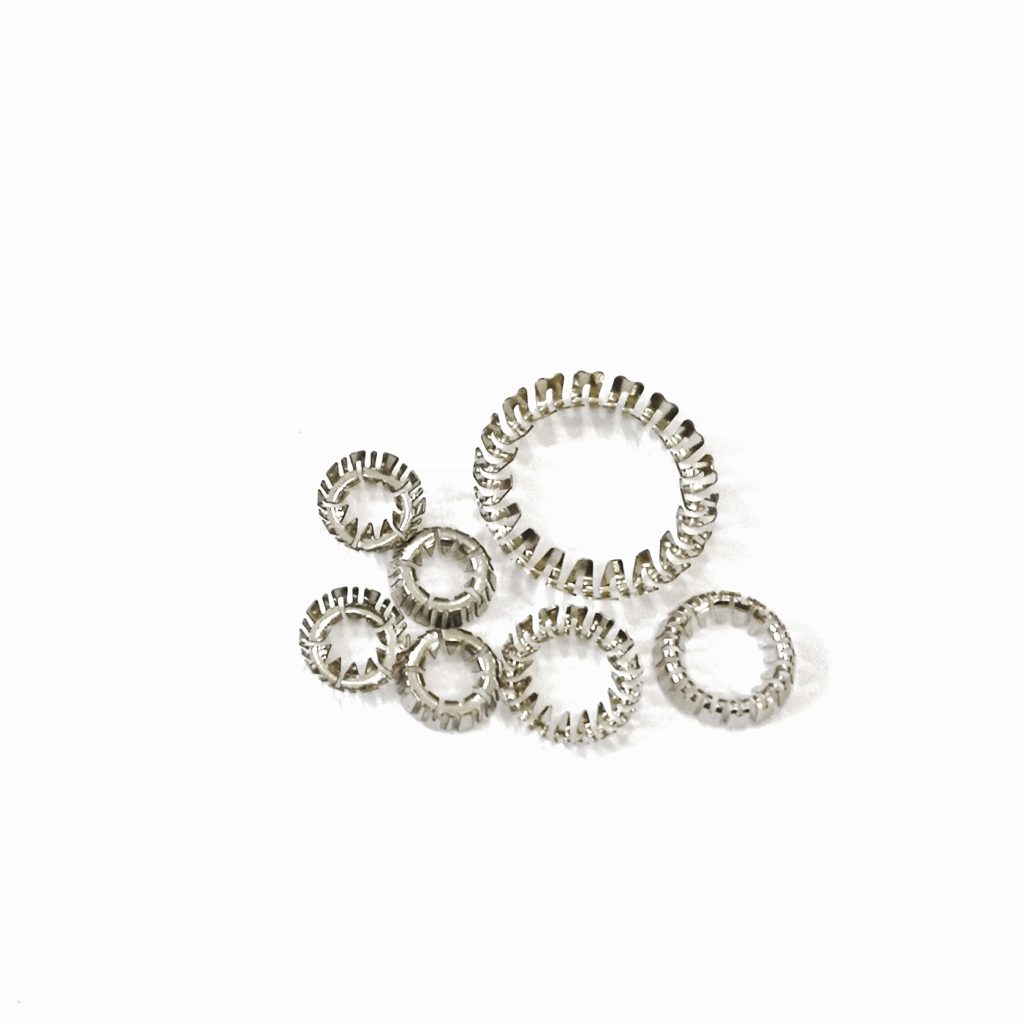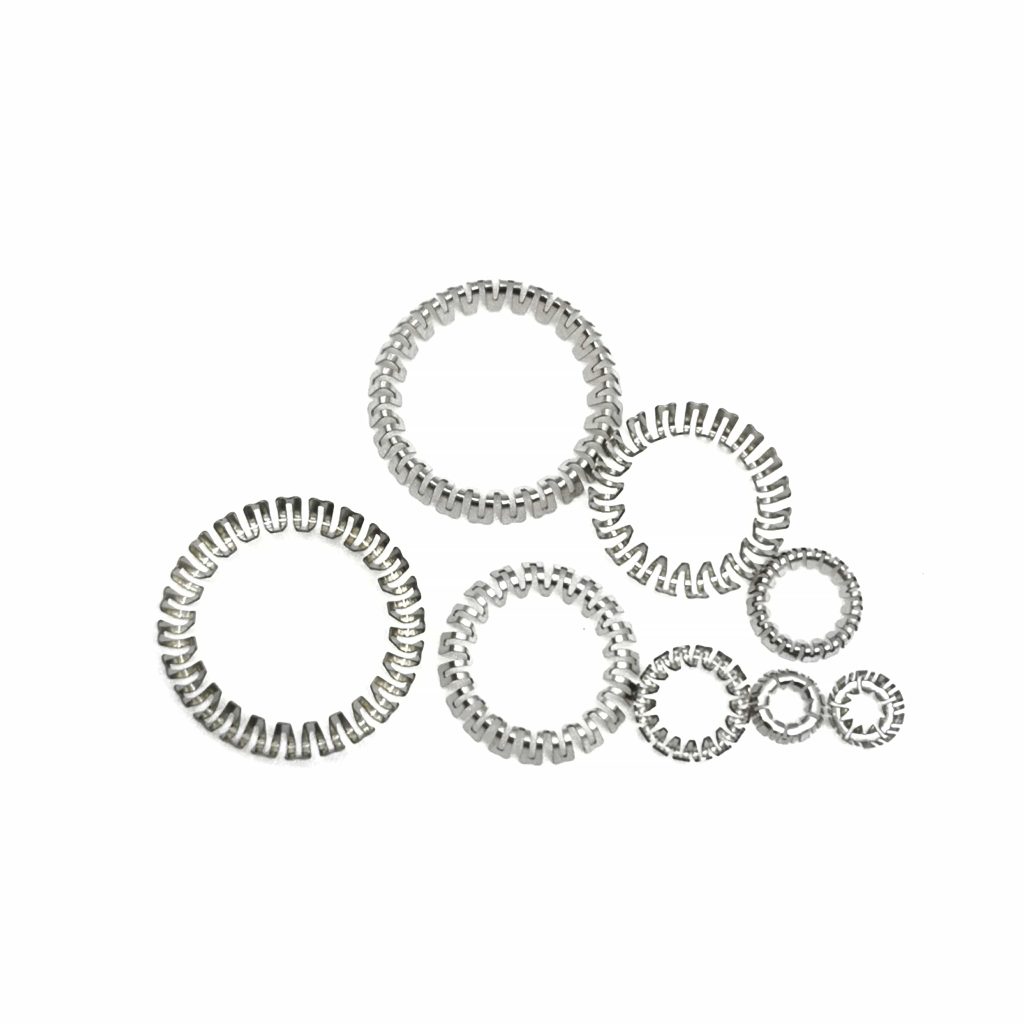
V-shaped one-piece springs-Handaspring
In modern mechanical engineering, springs serve as critical foundational components whose performance directly impacts the reliability, stability, and service life of machinery. The V-shaped one-piece springs, with its unique geometric structure and mechanical properties, has demonstrated significant advantages in sealing, vibration damping, energy storage, and other applications. This article provides an in-depth exploration of the working principles, material selection, structural design, and innovative applications of V-shaped one-piece springs in industries such as semiconductors, automotive, and energy. By integrating theoretical analysis with practical engineering insights, this paper aims to offer a comprehensive reference for designers and researchers in related fields.

The V-type monolithic spring features a symmetrical V-shaped cross-section, composed of two inclined elastic arms connected by a base. This geometric design enables uniform elastic deformation under load, providing a larger contact area and more stable supporting force compared to traditional cylindrical springs. The V-angle can be adjusted within a range of 60° to 180° based on application requirements, optimizing mechanical performance for specific scenarios.
The elastic deformation of V-type monolithic springs primarily arises from the bending and torsion of the arms. When subjected to axial loads, the V-shaped arms undergo elastic bending, converting mechanical energy into elastic potential energy. Upon unloading, the spring releases energy by restoring its original shape. Key mechanical advantages include:
Finite Element Analysis (FEA) reveals that the stress distribution in V-type springs is concentrated at the junction of the arms and the base. By optimizing the arm length, thickness, and V-angle, engineers can achieve a more uniform stress distribution, enhancing fatigue life. For instance, a 15° reduction in the V-angle (from 90° to 75°) has been shown to decrease maximum stress by 12% in high-cycle applications.
In vibration-prone systems, the nonlinear stiffness of V-type springs mitigates resonance risks. Experimental data indicates that V-type springs can reduce vibration amplitudes by up to 35% compared to conventional helical springs under harmonic excitation, making them ideal for precision machinery.
The performance of V-type monolithic springs heavily depends on material selection. Commonly used materials include:
In aerospace and nuclear applications, advanced materials such as titanium alloys and amorphous metals are gaining traction. Titanium-based V-type springs offer a 50% weight reduction compared to steel while maintaining comparable strength, making them suitable for lightweight designs.

In semiconductor manufacturing, V-shaped one-piece springs are integral to hermetic seals. For instance, in vacuum chambers, stainless steel V-springs compensate for thermal expansion and contraction, maintaining leak-tight integrity. A case study in a wafer fabrication facility showed that V-type spring-sealed valves reduced downtime by 25% compared to conventional seals.
In oil and gas pipelines, V-type springs in double-block-and-bleed valves provide reliable sealing under high pressure. Their adaptive geometry ensures consistent contact even as pipes expand or contract due to temperature fluctuations.
Automotive engineers are increasingly adopting V-type springs in suspension systems. A comparative study found that vehicles equipped with V-type springs achieved a 20% reduction in vertical acceleration during rough terrain traversal, improving passenger comfort. Their compact design also allows for more efficient packaging in electric vehicle (EV) platforms.
In heavy machinery such as presses and crushers, V-type springs dampen impact loads. A 2024 study by MIT researchers demonstrated that V-type spring isolators reduced transmitted shock forces by 45% in a metal stamping machine, extending component lifespan by 30%.
In wind turbines, V-type springs are used in pitch control mechanisms to adjust blade angles. Their high fatigue resistance ensures reliable operation over millions of cycles. Similarly, in wave energy converters, V-type springs optimize energy capture by adapting to dynamic water forces.
In minimally invasive surgical tools, V-shaped one-piece springs enable precise actuation. For example, endoscopic grippers using V-type springs offer improved tactile feedback and durability, reducing the risk of instrument failure during procedures.
Manufacturers adhere ISO 9001 (quality management) standards. Key tests include:

The V-shaped one-piece springs represent a significant advancement in mechanical engineering, offering unparalleled performance in sealing, damping, and energy management. Through continuous innovation in materials, design, and manufacturing, these springs are poised to drive progress in diverse industries, from automotive to aerospace. As technology evolves, the integration of smart systems and sustainable practices will further expand the applications of V-type monolithic springs, solidifying their role as a cornerstone of modern mechanical design.
This article provides a comprehensive overview of V-shaped one-piece springs, combining theoretical insights with practical engineering considerations. By addressing both current applications and future trends, it serves as a valuable resource for engineers seeking to leverage this technology in their designs.